Gimly’s Decentralized Identity Framework Is Built for Portability and Security
Gimly built a decentralized identify framework on EOSIO that offers users portability, security, and ease.

We spoke to Douglas Horn, the architect and whitepaper author of the Telos blockchain network, which is built using EOSIO technology.
Telos is a public blockchain focused on empowering mass adoption. Our pillars for this makes it easy to join and use Telos, provide powerful tools for app builders to ease their development cycles, and lead the world in functional blockchain governance.
We see a world where people are eager for the new field-leveling opportunities that blockchain can bring to individuals and groups—allowing them to better compete with the entrenched powerful elite. To foster this, we are aggressively pushing the boundaries of blockchain user experience and ease of use.
We are also giving people a real opportunity to participate in governance, with unique features that support both governance of Telos itself, plus tools for every app on Telos to easily manage its own governance. In fact, we’ve extended the system-level voting and committee management functions to apps so that they don’t have to worry about maintaining the code or providing their own interface—that can be consistent across all Telos apps for the convenience and familiarity of users.
Telos has invested heavily in adding tools that extend the capabilities of what app developers can do with blockchain technology. EOSIO itself is one of the biggest elements due to its power, security, and enormous capacity. The governance tools we offer to developers and the decentralized file storage solution we are now rolling out are other examples.
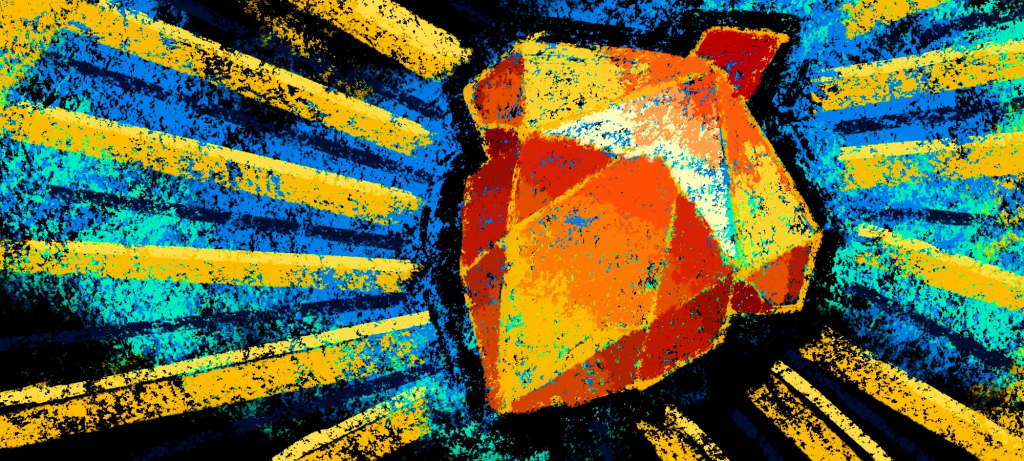
Telos was launched by a grassroots community that deeply believed in a vision of EOSIO as a technology that enables all users to participate in its growth and evolution. We felt that functions like voting on the direction of the community, resolving disputes among users, and funding future development based on community priorities were not only noble but necessary for the chain’s longevity and advancement.
We believed in their importance enough to launch a new EOSIO-based blockchain where we could build all of those tools ourselves so that users would have another option in approaching governance and mass adoption. These concepts are inexorably linked in our minds because how can you have a chain that is truly built for all users if they do not have the opportunity to set its direction?
While building these powerful new governance tools, it quickly became clear to us that they would be invaluable to every decentralized autonomous community (DAC) and tokenized economy to come, and that creating a unified set of easy-to-use tools with a common interface was the most user and developer friendly way to give people these tools.
To me, the development of blockchain tech follows a clear arc towards higher function and greater usability. EOSIO can execute powerful computations every half second which makes it among the fastest blockchain platforms presently available – and perhaps the fastest long term, due to physical limits of global networks. It has proven itself to be able to support large, global scale networks with a variety of users and activities.
Of course, this is just one small component, but it’s important because when one invests in a platform within a technology that is still young, like blockchain is, it’s important to know that the technology is tried and tested.
We think that businesses and developers will come to this same conclusion and embrace EOSIO as the winner when it comes to pure mechanics. But more importantly, we’ve seen Block.one’s dedication to regularly turning out new features and improvements to the EOSIO reference software. People don’t adequately appreciate how crucial this is because all of the EOSIO-based chains are still under-utilizing their capacity.
But Block.one gets it. They are building like the house is on fire because their vision of the immediate future matches our own. As a result, they turn out more new code and capacity improvements in a month than other chains do in a year. EOSIO 2.0 is a great example: We are seeing a 10-16 times improvement in CPU execution times in our testing.
Our single largest challenge was building a world class blockchain, requiring a high level of original code development without raising a single dollar in any form of token sale. The early Bitcoin developers had the same challenge, of course, but they did not exist in an environment where exchanges, conferences, advertisers, influencers and everyone else in the ecosystem had all been trained to demand their slice of the pie before engaging with any project. We did.
Of course, we had the benefit of Block.one’s ongoing development of EOSIO as our core platform, but Telos needed to support its own core developers to write the code for all of the additional features we promised.
In the end, we developed more original, open source additions to the EOSIO code base than any EOSIO-based blockchain, and it was all done without money coming in.
All of the functions around promoting the chain, getting listed on exchanges, listing services, attending conferences—these all needed to be approached without the use of any funds. It was extremely challenging.
We were fortunate, though, that we had a very committed and accomplished group of contributors. We were aligned in our vision for what Telos could uniquely offer if we could just get through those tough days.
Most importantly, we knew that once the chain launched, the worker proposal system we were creating would enable us to have an ongoing source of funding for growing the chain as directed by the token-holders.
At this point, this has proven to be true and Telos is now funding exchange listings, marketing, ongoing development, and more through this governance function. We were recently listed by CoinMarketCap and Telos is currently a Top-100 token by market capitalization on services like CoinGecko. The road here was hard but now we have ongoing funding while ICO-based projects look at ever-dwindling coffers.
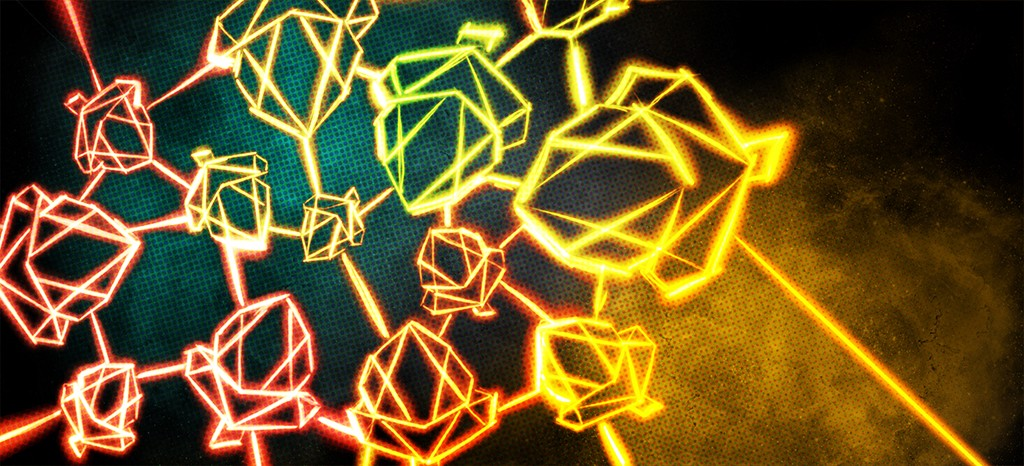
Telos launched its mainnet in December 2018. We perform our own development in adopting EOSIO updates and expanding our own original code. In fact, we passed the 50 million block mark, updated to EOSIO v1.8, including activation of additional features, and we’re now testing the EOSIO 2.0 release candidate.
In terms of governance, we have a robust worker proposal system that funds projects for Telos. Some of these projects also benefit the entire EOSIO and blockchain ecosystems such as the Chronicle history project. The WordPress blockchain timestamping plugin, WordProof, which was originally funded by the Telos worker proposal system, lets computer users worldwide prove the publication time of their blog posts on the Telos, EOS, and other EOSIO blockchains.
The Telos worker proposal system is actually the only one in the world that can be voted on by all users and is 100% smart contract-controlled. Telos completed our first amendment ballot for our governance, which was also voteable by all users and is smart contract controlled. In fact, we even managed to survive an election hacking attack rather painlessly due to our governance.
We recently passed the Telos Economic Development Plan, which was the historic community-voted governance amendment ballot I mentioned. The community overwhelmingly approved a plan that turns Telos into the first zero-inflation third-generation blockchain by drawing tokens that were never claimed from a pool that had been reserved for EOS snapshot holders whose tokens had been stuck on exchanges. This amendment greatly fuels our ability to scale, in part – by making the chain more attractive to token holders.
We’ve made important inroads into user communities in the developing world. Developers on Telos launched the world’s first stable coin pegged to the South African Rand—the leading currency in sub-Saharan Africa—called the eZAR.
Other African national currencies are in the process of deploying similar regional stablecoins and this is driving major interest among regional players because there is actually no traditional clearinghouse for these types of transactions amongst African national currencies. So, the trade on Telos’s native DEX, Vapaée, (built on Telos worker proposal system funds!) may become the first free and open exchange platform that these currencies ever see.
We are receiving high levels of interest from app developers now who appreciate the features we built for them.
A project called Hypha DAO that recently deployed on Telos tells us that the governance tools saved them a year of development time versus building these features on their own. They have brought a number of affiliated projects now who want that same rapid development and platform-level solidity.
Other developers are very interested in our decentralized file storage system, dStor, which will empower many functions like document storage, streaming, GDPR compliance and more that are core to their missions. We were able to work with Carbon.money to create direct fiat onramps and offramps to Telos and these are now directly integrated into some Telos wallets like Sqrlwallet.io. So we feel that the investment we’ve made in this development is already starting to pay off.
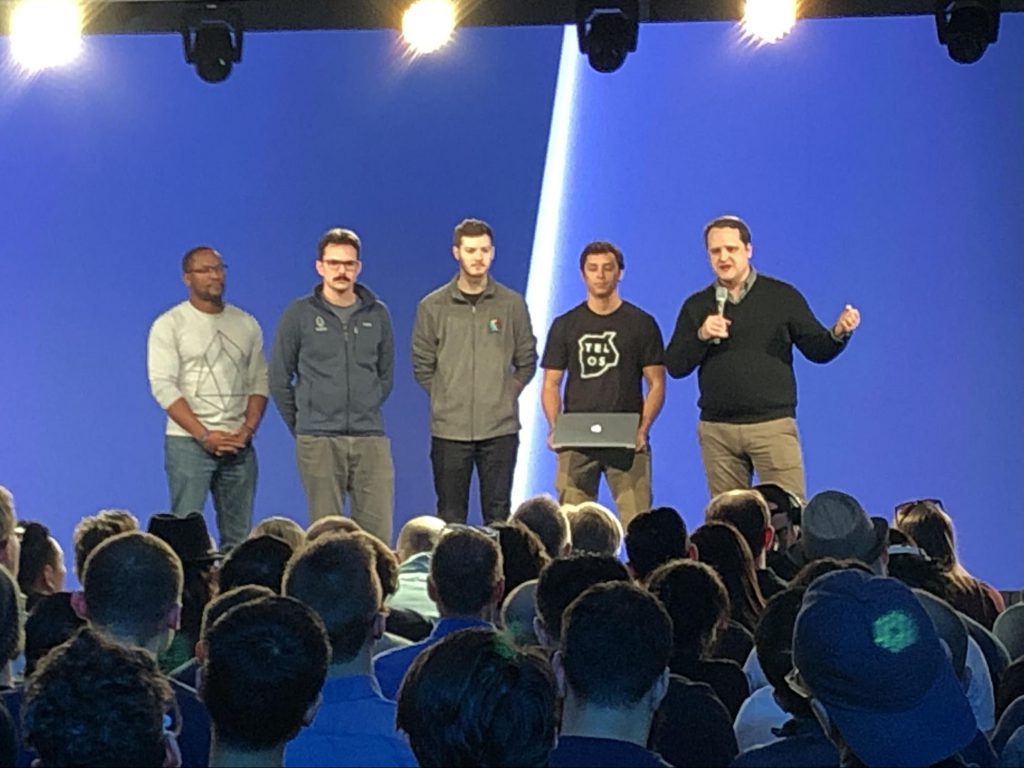
Telos is highly decentralized with contributors all over the world.
GoodBlock in Seattle took the lead on much of the code development, including the voting and governance features and dStor decentralized file storage.
Telos Miami built an advanced wallet for blockchain governance—one that also includes the ability to purchase TLOS tokens or the Telos USD stablecoin from Carbon right in the wallet.
EOSza in South Africa built an equally easy to use mobile wallet for Telos that’s in the Apple and Google Play stores and includes all the features for African stablecoins, among other things.
Suvi Rinkinen with CryptoSuvi in Finland does an amazing job as president of the Telos Foundation working with businesses, and Richard Bryan of TelosDAC is not only leading the Telos Foundation board and the Telos Blockchain Solutions Ltd. consultancy in London, but is additionally working with onboarding and app deployment efforts in Kenya.
We have several strong contributors in Spain such as The Teloscope, eosBarcelona, and Telos Madrid. Several Telos team members maintain a strong presence on other EOSIO chains, helping us maintain strong relationships there, like Infinitybloc, CalEOS, EOS Detroit, EOS Dublin, AtticLab, and EOSphere.
We have marketing teams like Team Telos in the US, OktoTelos in Venezuela and a number of others who are all funded by the Telos worker proposal system voted by the users.
What makes the Telos community and team special is their commitment to building technology along with a functional and thriving community. Many of us have been with the project from the start, and some others are newer to Telos.
Several teams like The Teloscope, CryptoSuvi, EOS USA, and Telos Kitchen came to Telos after our launch but made a real commitment to growing Telos, and as a result quickly came into leadership positions. It’s a real meritocracy and the Telos voters have been quick to reward strong contributors with funding from the worker proposal system or votes as block producers to operate the network.
No one can afford to rest on their laurels for long on Telos because there’s always someone new willing to work hard to grow the community because they see that their work will be rewarded. This has created a fantastic work ethic. People will bring a lot of effort and ideas when they know that those will be rewarded.
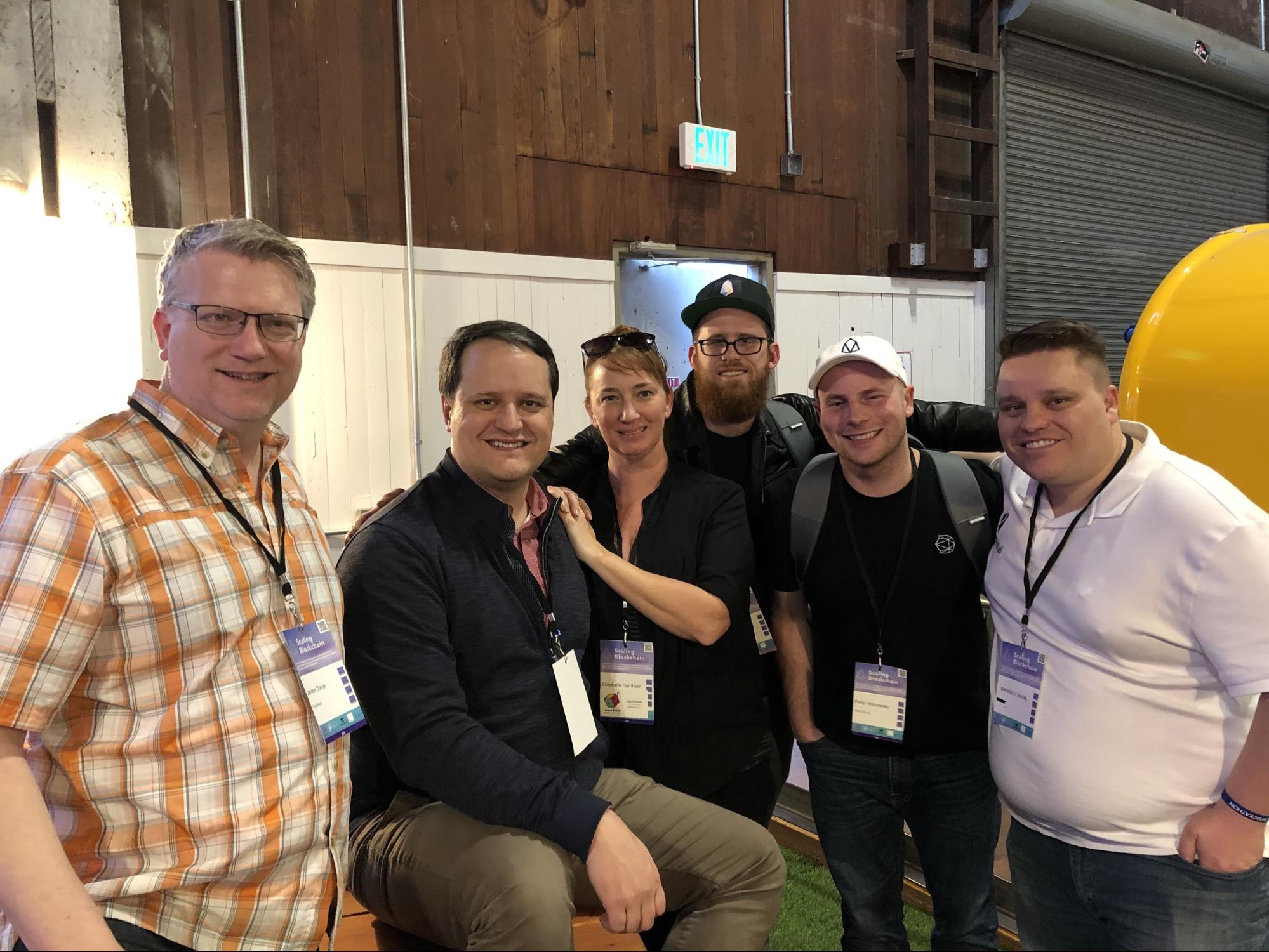
The Telos Foundation is our body for promoting the chain and allowing us to make deals between professional organizations. That has let us attend and sponsor conferences and other functions.
When we attended the Blockchain Expo London this spring, a large number of opportunities for working with enterprise computing companies came to us, but we discovered that we would need a consultancy business in order to really capitalize on these. So, several people on the team launched Telos Blockchain Solutions as a London-based limited company that could provide services to these big corporations. By the time we attended our next big conference in Amsterdam, we were ready.
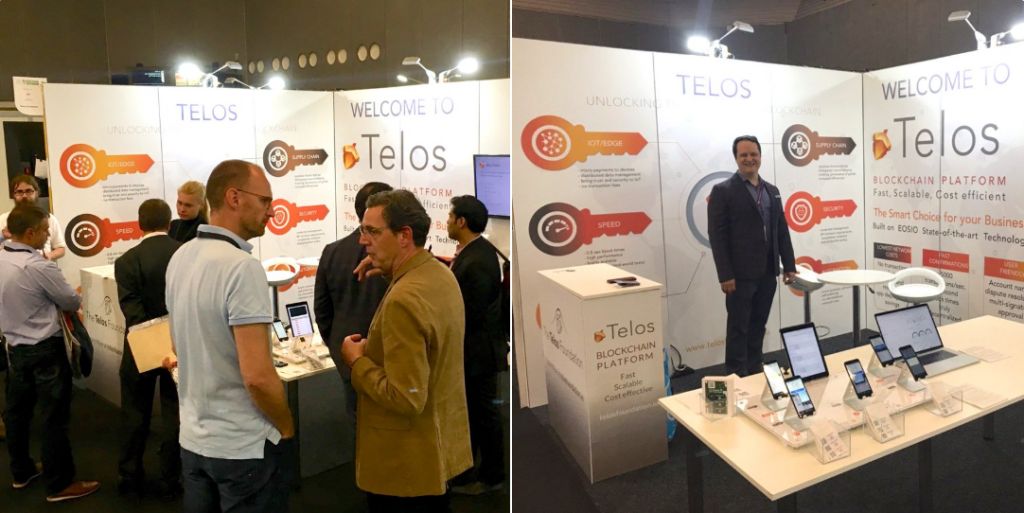
Telos Blockchain Solutions (TBS) has let us partner with a number of companies, with many more partnerships about to be announced. One of our first strategic partnerships is with Fairwinds Digital in Italy, which has a fantastic platform for IoT devices. Telos, through TBS, is providing technology for interfacing these IoT devices with the Telos blockchain to record data from edge computing devices and trigger smart contract microtransactions based on that data. We are launching new projects soon with some large enterprise companies out of this partnership.
We’re excited about the apps and DACs that are deploying on Telos now. Our own ethos seems to be attracting projects that share our interest in egalitarian governance. I’m excited about SEEDS and Hypha DAO, which is a regenerative economy project aiming to align incentives on projects that build a better world. Havuta is a dapp that provides transparency and outcome tracking for international aid programs and NGOs. They came to Telos because it was a great culture fit for what they were building and because the tools Telos provides gets them up and running faster.
Gyfte just deployed on Telos and we will be using their identity services to increase transparency for those who need it. The block producers themselves will be early adopters of Gyfte to strengthen our governance around preventing cross-ownership of more than one BP, but we expect many applications to also take advantage of these new features.
When people discover that they can collaborate as easily on financial and governance matters as they previously could on spreadsheets and word processing, we will see thousands and thousands of homeowners associations, trade groups, sports leagues, unions, tribes, student groups, and local governments voting freely and easily on their various issues from easy-to-use tools common to all Telos dOrganizations.
This will be contagious because once groups start using these, other tools will just seem clumsy, opaque, and out of touch. Their members will bring Telos to the other organizations they’re a part of to improve them. I see people thinking of Telos as the “self-governance blockchain” that organizations turn to in ensuring that their stakeholders are in the driver’s seat.
Telos is building a future where the individuals are empowered by technology to work together and share both voice and value fairly and transparently so that they can build great things together.
Our #BuiltOnEOSIO series showcases some of the amazing projects leveraging EOSIO technology to build a more secure and connected world. If you would like to suggest a project for us to feature please send an email to [email protected] for our Developer Relations team to review.
– Block.one Developer Relations team
. . .
Important Note: All material is provided subject to this important notice and you must familiarize yourself with its terms. The notice contains important information, limitations and restrictions relating to our software, publications, trademarks, third-party resources and forward-looking statements. By accessing any of our material, you accept and agree to the terms of the notice.